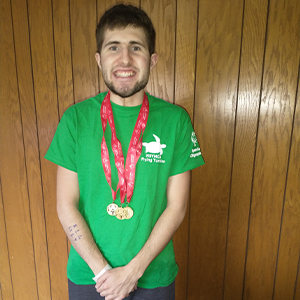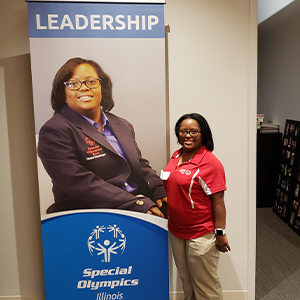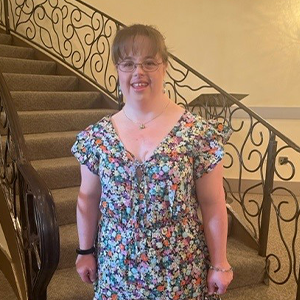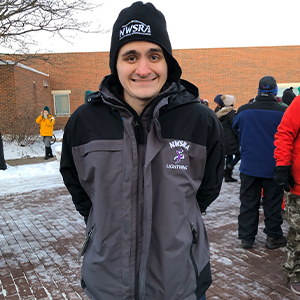

Planning for the first week of school can be tricky. Should you focus on making the classroom fun and engaging with games and activities, or should you dedicate the time to covering, practicing, and reinforcing rules, routines, and procedures? Striking a balance between these approaches can help you build a positive and effective classroom culture.
Here are some tips and tricks you can use when planning the first week of school.
Build Relationships
Establish a connection by greeting students at the door. This could include high-fives, smiles, hugs, and even handshakes. Making positive first impressions is essential when building rapport with your students. Create a video or use personal pictures of your summer activities.
Establish Routines
When creating classroom routines, use different visuals to help your students practice routines together. Take pictures or videos demonstrating the correct way to complete the routine. This helps reinforce consistency, and students can see the routine in action. Develop and stick to routines for starting and ending class, transitioning between activities, and managing equipment. Routines help students know what to expect and reduce downtime.
- Organize Students
Using floor tape can help organize and manage your classroom space. Create shapes on the floor to help organize students into spaces where they will sit during instruction. Draw arrows with floor tape to help students visualize how to enter and exit the gym.
- Consistent Modeling
Modeling positive behaviors to help all learners understand can help establish expectation boundaries. For example, demonstrate how to enter and exit the classroom, then have students practice entering and exiting the classroom. If your students are not able to practice the correct way, continue modeling, giving feedback, and practicing until they are successful.
- Start and Stop Mechanism
Find a consistent way to introduce when to start and stop an activity. This can include a specific signal for students to see and hear that a transition is happening. Using a signal will help the flow of your lesson, especially when students receive equipment and put away equipment.
- Offer Positive Praise
Provide students with positive praise sincerely for their efforts and accomplishments, as this can improve their behavior and academic performance. One strategy you can try is the 10-2 strategy, where you identify 10 students in each class and spend 2 minutes throughout class time getting to know your students by asking them a relatable question.
- Power 4 Reset
Refocus the class using a Power 4 Reset for one minute to do deep breathing with the entire class. Instruct all students to be quiet and not active and focus on their breathing. Work on inhaling for four seconds, holding their breath for four seconds, and exhaling for four seconds to help everyone reset.
- Inclusive for all students
To set a positive tone in your PE class, engage all students by planning inclusive and differentiated activities. Plan activities to last only 2-3 minutes to help ensure that every student can participate and feel safe in the environment. Keep students active and interested with diverse activities tailored to various skill levels and interests, as this helps prevent boredom and reduces disruptive behavior.
Reflect and Adjust
Reflect on your classroom management practices regularly and be open to adjusting. Seek feedback from colleagues, students, and mentors to improve your approach continuously.
Maintaining consistent routines, modeling behavior, and building strong relationships are crucial for enhancing student engagement and focus throughout the school year. Establishing clear routines and cues from the beginning helps support a stable environment for months to come.












